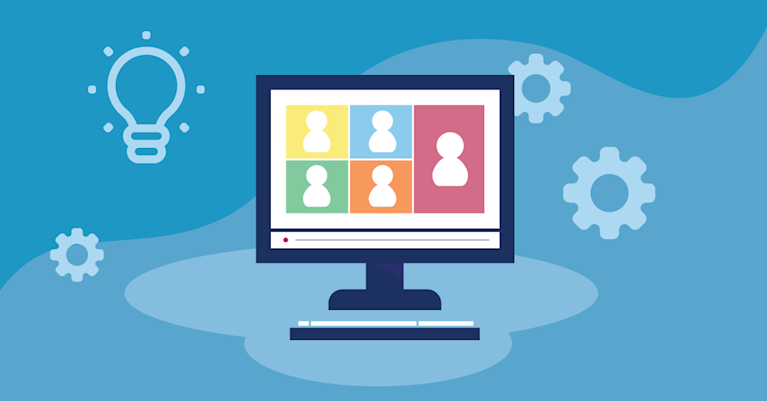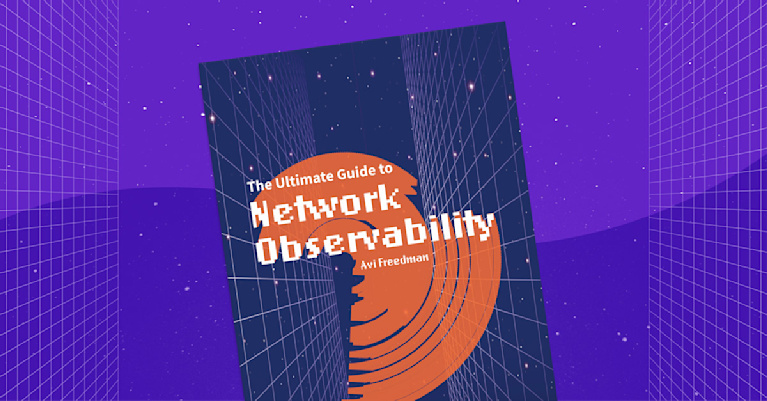4 steps to bring network observability into your organization
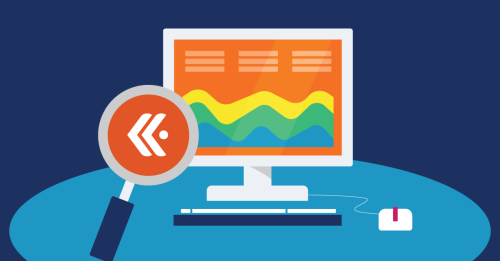
Summary
If you’re on the hook for the network that powers your organization, you may be hearing about network observability. This blog will help answer how network observability should become a part of your plans and what steps you can take.
The vast majority of corporate IT departments have a network monitoring solution. Typically that solution is built on standalone software platforms. If that’s you, this post is for you.
You’re probably hearing a lot about “observability” these days. Generally, that’s the ability to answer any question and explore unknown or unexpected problems to deliver great digital experiences to your users. Isn’t that what your traditional network monitoring solution is already doing? Well, not exactly.
When it comes to making the network observable, that means gathering a wide range of network telemetry, organizing that data in a capable platform and building the analytics tools on top.
However, building network observability for many organizations is a different type of challenge. For most, there is a need to evolve from or build on top of a monitoring practice, and change or expand the monitoring technology. Just as importantly, it may also create a change in practices and even the organization. One of my Kentik colleagues says, “If you can’t observe it, you can’t manage it.”
So, how can you take on network observability? Where should you even start? Here are a few essential steps.
Step 1: Embrace SaaS-based network observability
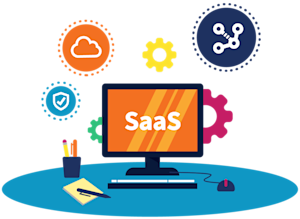
There’s nothing wrong with a network monitoring solution built on standalone software platforms. In some environments, a non-cloud-based solution may even be necessary for good reasons. However, there are a lot of benefits to SaaS worth considering.
A SaaS approach to network observability makes it easy to connect your observability tools to all networking components, including virtual assets that are difficult to monitor using physical appliances. SaaS-based network observability can scale seamlessly as your network grows in scope and complexity. And SaaS allows you to pay as you go.
Step 2: Broaden your network horizon
The productivity of your users is now dependent on far more than your in-house servers and devices. Your users are using SaaS applications running in clouds. More of your organization’s applications are running in the cloud. Your users are increasingly dependent on the performance of internet service providers, wireless mobile carriers, transit providers and the internet itself. As the network pro on the hook for the productivity of these users, you must now keep tabs on all of these — clouds, SaaS providers and network service providers. They all play a role in your success.
Step 3: Embrace NetOps
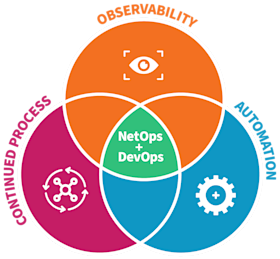
Network management teams can’t operate in silos. They must continuously coordinate and communicate with software engineers, IT engineers, DevOps teams and other stakeholders. Through a collaborative strategy, different engineers can work together to ensure that network operations reinforce other IT operations and vice versa.
NetOps (also known as DevNetOps) is an approach to network management that facilitates this type of collaboration. By using shared methodologies like observability — which is just as important to software developers and DevOps teams as to network management teams — network engineers and other technical stakeholders should speak the same language and work toward common goals.
Step 4: Join me
I’ve summarized a few directional items above, but the question remains: How do you put this into practice? I’d love to share some of the approaches you should take to move your IT organization toward network observability. And I’d like to show you some examples of how Kentik’s platform can help, too. Check out my webinar: 10 steps IT should take to modernize network monitoring or reach out to us for a demo to see for yourself.


